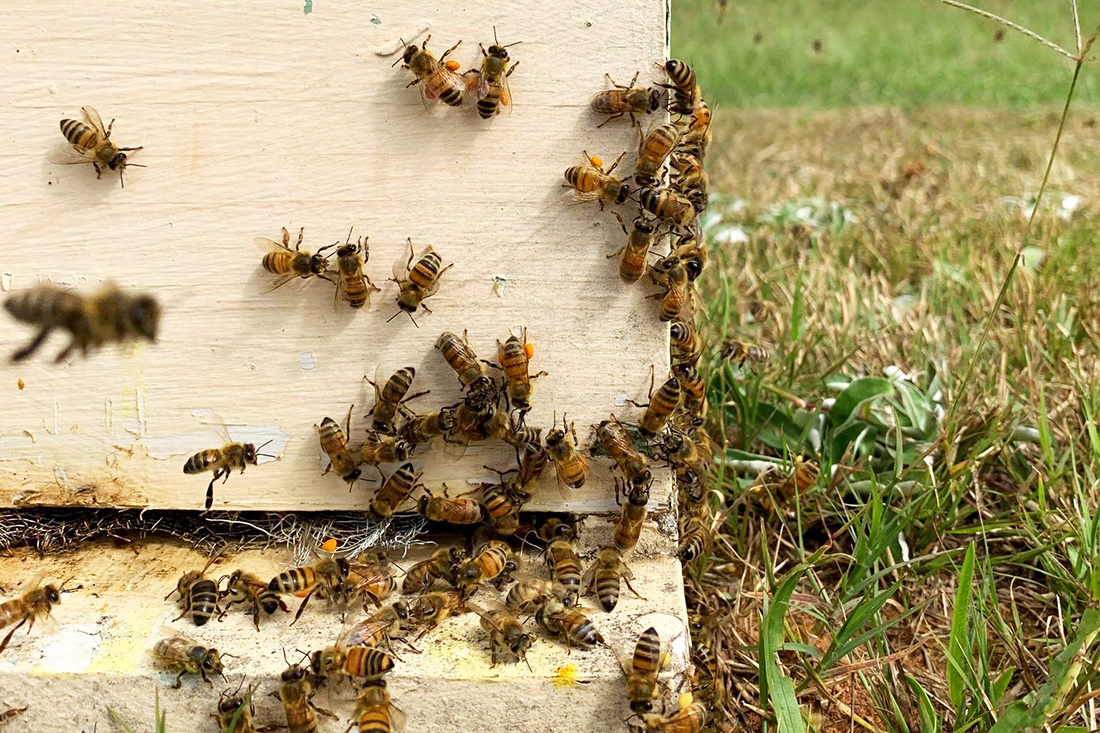By Sharon Dowdy
University of Georgia
Pests love cole crops
Young plants, particularly those of crops that will eventually form heads, are very susceptible to damage from flea beetles, cutworms and other pests in the soil, said University of Georgia Cooperative Extension entomologist Alton Sparks. “Flea beetles are the ones that cause small shot holes in leaves,” Sparks said. Other pests include seed-corn maggots, which attack the germinating seed and very young seedlings, and cutworms, which clip the plant off at the soil line shortly after it emerges.Transplants best
These seedling pests cause little damage once the plants are well established, or if you use transplants. “Occasionally, small insects can be seen tunneling within the leaves of young plants,” Sparks said. “However, caterpillars that feed on leaves cause the most concern. They eat the harvestable part of the plant and can reduce plant growth if they eat enough foliage.” The best way to fight back is to regularly scout the garden for pests, said Bob Westerfield, a UGA Extension horticulturist.Use integrated pest managment methods
“Consider hand-picking insects off your plants or using an organic alternative control like Bt (Bacillus thuringiensis),” he said. “It’s used to control many caterpillar-type insects.” Healthy plants are the ones best prepared to fight insect and disease damage, he said. “Just like humans are more susceptible to colds and viruses when we are in a weakened state, plants are more susceptible to insects and diseases if they aren’t healthy,” he said.Fall vegetables want water and food, too
The key to keeping plants healthy is to water and fertilize them properly. “Many home gardeners forget to water their plants in the fall,” Westerfield said. “The cool weather tricks them into thinking their plants don’t need water.” Water thoroughly once a week, he said. Soaker hoses or drip irrigation help prevent creating an environment for diseases. “These methods water from the bottom which keeps the leaves dry,” he said. “Wet leaves can lead to disease problems.”Mulch keeps moisture in
Adding two inches to three inches of mulch will retain moisture and help prevent disease and insect problems, Westerfield said. Just like their summer counterparts, fall garden vegetables need to be fertilized. Cabbage and mustard are “heavy feeders” and should be fertilized throughout the season, he said. In cabbage, controlling foliage feeders is less critical in young plants but becomes more critical at the cupping stage, or when the head begins to form, Sparks said. “The bottom line for late-season insect control in most cole crops is to control insects early in the growing cycle,” Sparks said. “This will keep insects from being a problem at harvest time.”





